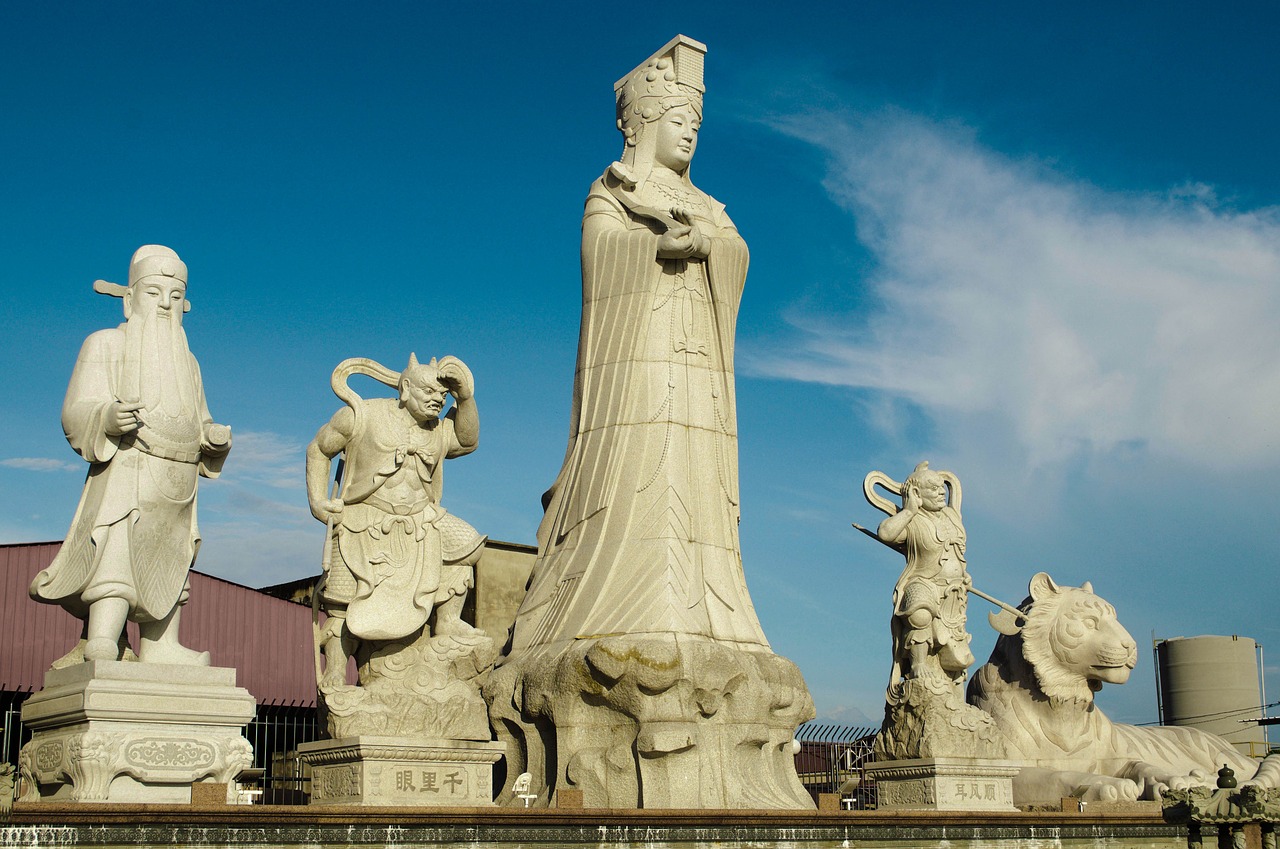
Kuala Sepetang
Published on Nil | by perakecocluster.com.my
Ecotourism in Kuala Sepetang
Kuala Sepetang is best known for its sustainable mangrove forests that help thrive the charcoal industry. Besides that Kuala Sepetang ecotourism is driven by nature-based recreations like eagle and dolphin show, bird watching and fireflies sighting.
Matang Mangrove Forest Reserve
The Matang Mangrove Forest Reserve is the largest mangrove forest reserve in Malaysia. Covering an area of more than 40,000 hectares, Matang Mangrove has been under systematic management since 1904 and is recognized as one of the best managed mangroves in the world. It has maintained a balanced ecosystem and continues to serve multiple ecological functions.
Mangrove forests are one of Earth’s most rapidly disappearing ecosystems. These coastal forests, with trees adapted to growing in salty soil and water, protect coastlines from erosion and are a natural barrier to strong coastal storms and tsunamis. The tangled root systems are a nursery for shrimp and many species of fish that go on to live their adult lives in the open ocean, while also acting as a home for many types of birds and often a resting place for migratory flocks.
The establishment of the Matang Mangrove Eco-Educational Centre (MMEC) offers an opportunity to access Matang Mangrove’s unique and rich biodiversity. Due to its unique habitats and ecosystem, and reputation as a sustainable forest management, Matang Mangrove is not only a renowned destination for ecotourism but also a centre for research and education activities.
One of the sustainable byproducts of Matang Mangrove is the charcoal production, holding the yet unchallenged record for almost eight decades being the best charcoal in Asia. The process of producing charcoal has several stages: first, the trees are harvested taking only those which are 30 years old or more where they will be replaced with new young trees. Then at high tide they are loaded into small boats and shipped to the factory where they are stripped of their bark by hand and carried to the kilns for slow burning.
Port Weld
Port Weld was one of the main harbour ports in Malaya during the mid 1800s. It was bustling with trading activities between Taiping and Pulau Pinang, Ulu Perak, Kinta as well as Teluk Anson (Teluk Intan).
Port Weld is also known for its railway track. Completed in 1885, it has great significance in history because the railway track of 8 1/4 miles connecting Taiping and Port Weld (Kuala Sepetang) was the very first set of tracks built in peninsular Malaysia.
There is a peaceful fishing village known as Kuala Sangga in Port Weld. The village has the largest cockle breeding ground in Malaysia. Besides cockles, the dried prawn processing is also popular and of high quality.
Today the railway tracks have been dismantled, leaving only the sign that has all four languages written on it – Malay, English, Chinese and Tamil.
Dolphin tours are popular amongst tourists. The tours help create greater awareness of the need to protect marine life. It presents a valuable opportunity to promote conservation efforts especially in protecting their natural habitats like ensuring the cleanliness of the waters and maintaining healthy ecosystems for the dolphins to survive.
Eagles Sighting & Birds Watching
There are plenty of eagles that are roaming above the mangrove forests of Kuala Sepetang. To entice the eagles to come a little closer, the boatsmen will pour chicken oil into the river as bait . Bird watching is another favourite recreation amongst the tourists. Armed with binoculars, the entire day could pass unnoticed.
Matang Museum








